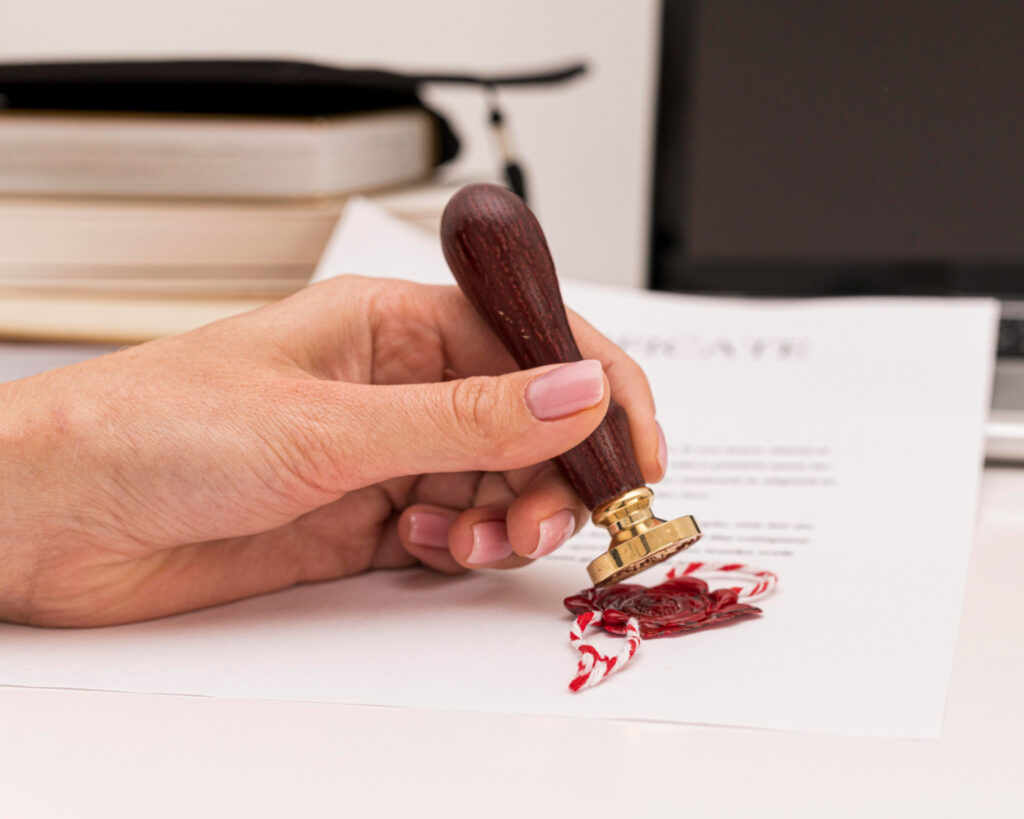- 311, 3rd Floor, B-10 & 11, Chanakya Complex, Laxmi Nagar, Delhi-110092
- 97738 98252
- info@enrollkaro.com
A Provisional Patent Application is a temporary application filed with a patent office that allows inventors to secure an early filing date for their invention without the need for a formal patent claim or full specification. It is less costly and less formal than a regular patent application (also known as a non-provisional application) and allows the inventor to use the term “patent pending” for the invention.

Although formal patent claims are not required, it is important to describe the invention thoroughly, covering all aspects of what makes it new and useful.
After filing, the patent office will issue a filing receipt, confirming that the provisional patent has been filed and the filing date has been secured.
Within 12 months, the inventor must file a non-provisional patent application to claim the benefit of the earlier filing date of the provisional application. If this is not done, the provisional application will expire, and the filing date will be lost.
The filing fees for a provisional patent application are generally lower than those for a non-provisional patent. This allows inventors to delay the higher costs of drafting and filing a full patent application.
Inventors have 12 months to refine and develop their invention before filing a non-provisional patent application. This is useful for inventors who need additional time to gather resources, perform market research, or secure funding.
The filing date of the provisional patent application is critical because it establishes priority over any subsequent applications by others for similar inventions.
During the provisional period, the inventor can test the market, present the invention to potential investors, and gauge commercial interest before committing to a formal patent application.
A provisional application is a temporary, informal filing that establishes an early filing date but does not mature into a patent unless followed by a non-provisional application. A non-provisional application is a formal application that is examined and can lead to a granted patent.
A provisional patent application lasts for 12 months. During this period, the inventor must file a non-provisional application to maintain the filing date.
No, a provisional application cannot be renewed. If a non-provisional application is not filed within 12 months, the provisional application expires, and the filing date is lost.
Yes, you can make improvements or changes to the invention, but you must include these changes in the non-provisional application to ensure they are covered by the patent.
Filing a provisional application does not grant any legal rights or patent protection. The invention is only protected after a non-provisional patent is granted.
By continuing past this page, you agree to our Terms and Conditions Privacy Policy and Refund Policy | Copyright © 2024 Enroll Karo.com| All Rights Reserved